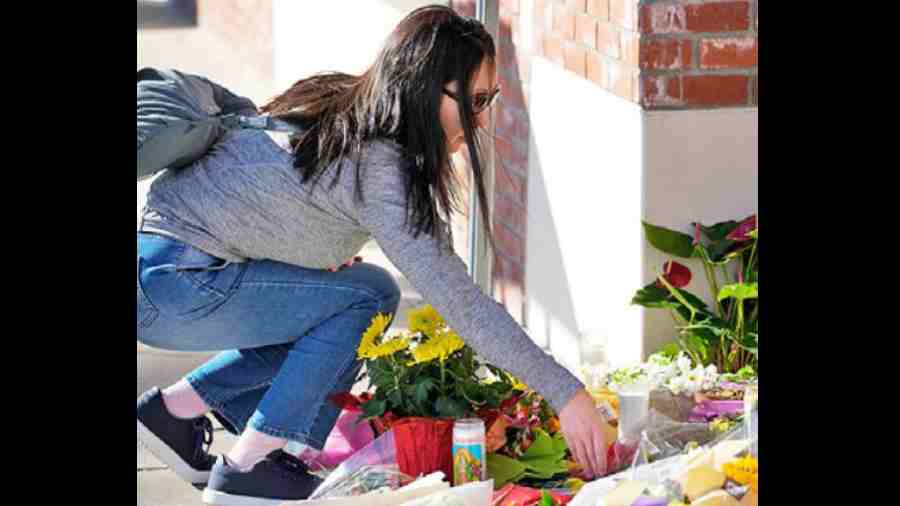There was the mass shooting near a youth centre in Allentown, Pennsylvania, and the one at a Subway restaurant in Durham, North Carolina. Another took place behind a beer hall in Oklahoma City, and another at a strip club outside Columbus, Ohio. Two mass shootings ended parties in different Florida cities.
And that was just on New Year’s Day.
By the start of the fourth week in January, the tally had grown to include at least 38 separate shootings in which four or more people were injured or killed, according to the Gun Violence Archive, outlining a striking explosion of violence across a range of sites in nearly every corner of the nation that killed at least 67 people.
The deadliest shooting so far took place over the weekend in of Monterey Park, California, a city with a thriving Asian American community where a gunman killed 11 people and wounded nine others inside a popular ballroom dance hall. The authorities said the gunman, who may have targeted his victims and who later killed himself, was a 72-year-old man.
Then, on Monday, came another deadly mass shooting in California. A gunman, whom the authorities said was a 67-year-old man, killed seven people and seriously wounded at least one other person in Half Moon Bay, south of San Francisco.
“At the hospital meeting with victims of a mass shooting when I get pulled away to be briefed about another shooting,” governor Gavin Newsom of California tweeted on Monday. “Tragedy upon tragedy.”
The frequency of mass shootings and the variety of places in which they now take place — at offices and schools, nail salons and houses of worship, grocery stores and restaurants — contributes to the sense, prevalent across America, that such violence could break out at any moment, anywhere. It fuels calls for gun control just as certainly as it does the purchase of more and more guns. Public shooting sprees rivet the nation, but can also have the effect of normalising violence.
“Would someone like this have committed a mass shooting at a dance hall in the past?”Adam Lankford, a criminologist at the University of Alabama, said, referring to the older man believed to have been the gunman in Monterey Park. “Maybe not. You can kind of think of it as a snowball effect. The more incidents there are, the more prominent this option will be in angry people’s minds.”
New York Times News Service











